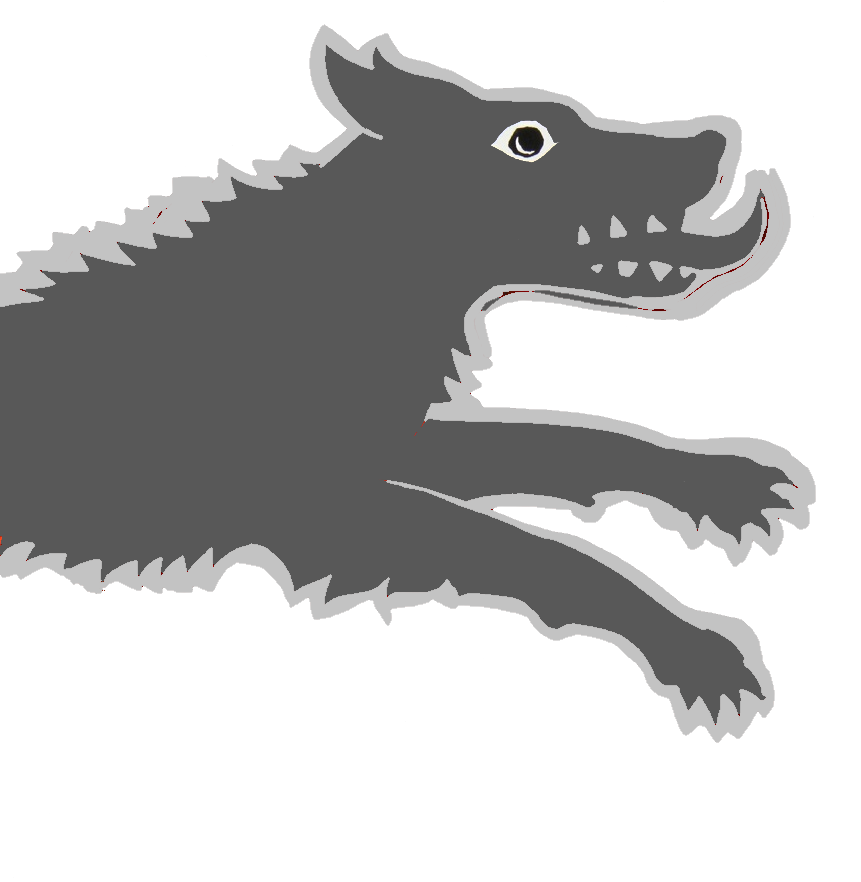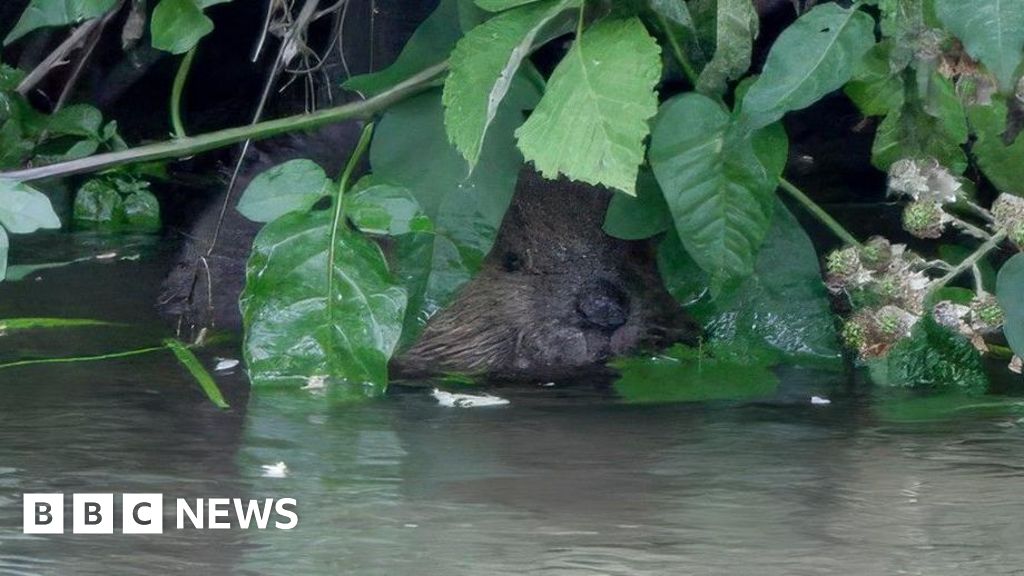GreyShuck
- 1.98K Posts
- 402 Comments

 12·10 days ago
12·10 days agoAn interesting point, but I don’t think that is as clear cut as you suggest.
The article mentions swift boxes, for example. Swifts, of course, return to the same nests each year anyway. There is a specific parasitic louse that is present in most swift nests, as I understand - but they appear to tolerate the parasitic load regardless.
Bats, on the other hand, reduce parasite buildup by moving from one roost to another across the year - but they will reuse the same roosts and hibernaculae in subsequent years.
I’m not sure exactly what they mean by insect bricks either, but assuming that it something like bee hotels, well, I am not very familiar with these overall, but having watched the red mason bees on the south side of my home for the last couple of years, they certainly seem to be using the same holes more than once.
The critical thing, overall, will be whether they use designs that have been developed by organisations who have done their research - of which are many available, that they have trying to get the building industry to use for a good while now - rather than simply greenwashing gimmicks.

 5·15 days ago
5·15 days agoThey are extraordinary aren’t they? Really lucky to have them in your garden.

 2·17 days ago
2·17 days agoI’d say they probably were adders if you caught them basking on the path. In general grass snakes are more common, but they typically get out of the way at the slightest disturbance, so all you usually see of them is their tails vanishing in to the undergrowth. Adders aren’t as quick off the mark, so are more often seen on paths. They prefer heathland and more open, sunny spots, where grass snakes go for longer grassy areas and often are near water.
That is assuming that it was actually a snake. Slow worms are often mistaken for snakes and will also spend time basking on tracks. They are usually much lighter in colour and have a smooth pale, metallic bronze look.
Adders are more obviously scaled and are a deeper grey or brown colour with a very distinctive dark zigzag pattern on their backs.
They almost certainly won’t have been smooth snakes or anything else though.

 3·18 days ago
3·18 days agoHmm - that’s Yahoo for you. I try to avoid it as mush as possible. I couldn’t find the same piece elsewhere at the time, but a month on this looks like the same article..

 1·18 days ago
1·18 days agoAfter a tense 3-way tie, a tie-breaking roll of the die resulted in this atmospheric woodland shot by YungOnions becoming the winner and our new summer banner.

 1·24 days ago
1·24 days agoAs /u/Steve@startrek.website suggests, that certainly looks like sand that has been washed out by water around the hole, so I don’t know whether that’s relevant.
Either way, the hole itself doesn’t look like a badger snuffle hole or latrine, so I’d say fox is more likely.

 12·25 days ago
12·25 days agoAt the point where you and the AI can see someone straightening their tie in a certain way and you and the AI can exchange a single wordless glance and you both burst out laughing 'cos it was just like that thing that you both saw 6 months ago and found hilarious then - then maybe.
Not before.

 1·25 days ago
1·25 days agodeleted by creator

 2·25 days ago
2·25 days agoIf you have some late entries and can get them over to me before midnight, I will delay putting up the voting thread till then!



























The tories have been incumbent for 116 years in my neck of the woods (the previous one was a whig). The surveys say that is likely to end this time. I am sooo looking forward to that.